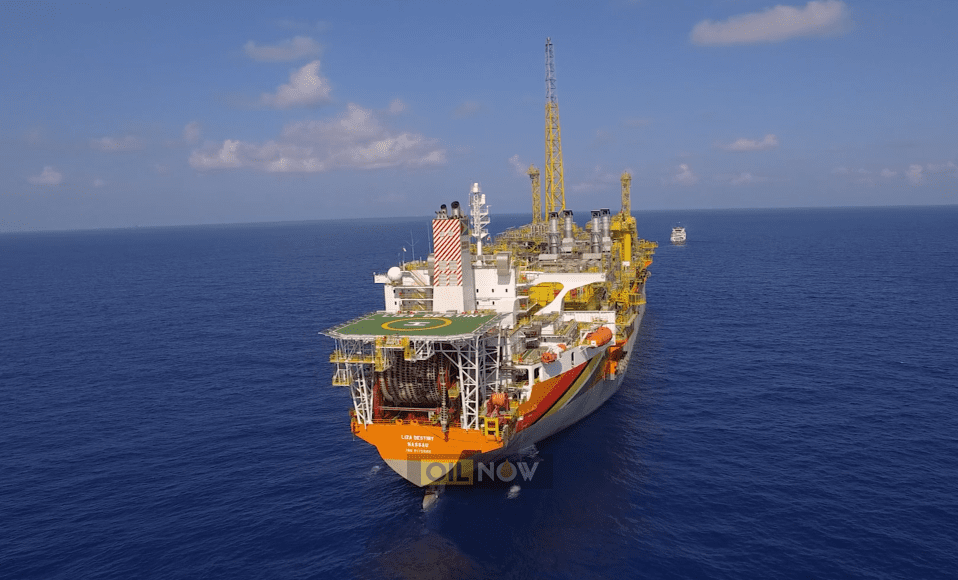The Environmental Protection Agency (EPA) disclosed on Friday that it gave approval ExxonMobil’s affiliate, Esso Exploration and Production Guyana Limited (EEPGL) to move ahead with the Yellowtail Project.
The regulatory body said an Environmental Permit was granted for a period of five years to EEPGL to undertake the construction and operation of production facilities within the Stabroek Block.
OilNOW understands that the approval comes after the EPA considered public inputs during all statutory periods for public consultations and review. The EPA said it took into consideration the technical review and recommendations from a team of Independent International Experts and the Environmental Assessment Board (EAB).
The permit contains several critical provisions which speak to flaring, oil spill response and financial assurance, and monitoring.
Like its predecessors, the Yellowtail Environmental Permit strictly prohibits routine flaring and venting, and specifies that flaring is only permissible during commissioning, start-up and special circumstances. The Permit also goes further to maintain payments in instances where flaring is conducted beyond permitted durations. The permit outlines in this regard that EEPGL would have to pay US$45 per tonne of carbon dioxide equivalent it is permitted to flare.
Along with the foregoing condition, the Yellowtail Permit also requires EEPGL to procure a Capping Stack to be maintained, tested, and stored in Guyana. A capping stack is a large well closure device that connects to the top of the blowout preventer (BOP) and is capable of sealing off a well. It is a form of modern technology (available post the Gulf of Mexico, Macondo incident) to cap a well in event of a loss of well control, and failure of the blowout preventer (BOP).
Additionally, EEPGL must maintain access to at least one overseas subscription service, to allow mobilization of a Capping Stack to the project location. This serves to fortify safety and emergency response efforts since wells would be swiftly capped in the event of a well blow-out.
The Permit also states that EEPGL is required to have financial assurance which includes a combination of Insurance to “cover well control, and/or clean up and third-party liability on terms that are market standard for the type of coverage.” It is also required to have a Parent Company/Affiliate Guarantee Agreement which indemnifies and keeps indemnified the EPA and the Government of Guyana in the event EEPGL and its Co-Venturers fail to meet their environmental obligations under the Permit. Further, the EPA said financial assurance provided must be guided by an estimate of the sum of the reasonably credible costs, expenses, and liabilities that may arise from any breaches of this permit. Liabilities are considered to include costs associated with responding to an incident, clean-up, remediation and monitoring.
In seeking to ensure EEPGL meets its obligations to prevent and mitigate environmental harm, the Permit imposes comprehensive requirements for monitoring and management of any impacts affecting biological, physical, and socio-economic resources within the Area of Influence of the project, including targeted and updated environmental baseline studies. The Permit also requires EEPGL to submit safety case information, including a risk assessment prior to drilling and development of wells.




